 Most Northwest Territories communities facing any kind of wildfire threat are the ones in the boreal forest. That’s where the fuel and danger is. As a result, nobody has really been counting the tundra fires that occasionally appear north of the treeline. But those fires may be evolving, and that may have consequences that warrant our attention. Tundra fires burn across stretches of barren grassland. …As a result, recording them is tricky. Matthew Hethcoat and colleagues at Natural Resources Canada’s Northern Forestry Centre began by studying satellite images from 1986 to 2022. Before this work, there were around 60 recorded tundra fires north of Canada’s treeline between 1986 and 2022. The team found 209 new ones that hadn’t previously been noticed. …NWT wildfire specialist Matthew Coyle says, “There’s very much a possibility that tundra fires will be a concern in the future, just given the sheer amount of carbon and methane that’s stored in peat land”.
Most Northwest Territories communities facing any kind of wildfire threat are the ones in the boreal forest. That’s where the fuel and danger is. As a result, nobody has really been counting the tundra fires that occasionally appear north of the treeline. But those fires may be evolving, and that may have consequences that warrant our attention. Tundra fires burn across stretches of barren grassland. …As a result, recording them is tricky. Matthew Hethcoat and colleagues at Natural Resources Canada’s Northern Forestry Centre began by studying satellite images from 1986 to 2022. Before this work, there were around 60 recorded tundra fires north of Canada’s treeline between 1986 and 2022. The team found 209 new ones that hadn’t previously been noticed. …NWT wildfire specialist Matthew Coyle says, “There’s very much a possibility that tundra fires will be a concern in the future, just given the sheer amount of carbon and methane that’s stored in peat land”.
 For innovation that helps fight climate change, look no further than Canada’s forest sector. The industry is finding ways to use every part of a tree to help decarbonize the economy, from making household products out of wood fibres, to using mass timber in building construction. Another development is the increased use of biomass, which primarily consists of byproducts from tree harvesting, such as branches and low-grade wood. These materials, previously considered less valuable, are now recognized as a high-value resource for the production of bioenergy due to their abundance and renewable nature. Turning biomass into bioenergy offers a sustainable alternative to fossil fuels, as the carbon released during conversion is part of the natural carbon cycle. …Mercer and Canfor are among the forestry companies finding ways to break down tree residuals in innovative ways, such as turning cellulose into environmentally friendly additives to improve materials like concrete, asphalt, plastic and coatings.
For innovation that helps fight climate change, look no further than Canada’s forest sector. The industry is finding ways to use every part of a tree to help decarbonize the economy, from making household products out of wood fibres, to using mass timber in building construction. Another development is the increased use of biomass, which primarily consists of byproducts from tree harvesting, such as branches and low-grade wood. These materials, previously considered less valuable, are now recognized as a high-value resource for the production of bioenergy due to their abundance and renewable nature. Turning biomass into bioenergy offers a sustainable alternative to fossil fuels, as the carbon released during conversion is part of the natural carbon cycle. …Mercer and Canfor are among the forestry companies finding ways to break down tree residuals in innovative ways, such as turning cellulose into environmentally friendly additives to improve materials like concrete, asphalt, plastic and coatings.

 TORONTO — Human-caused climate change is behind a decline in spring snowpack across parts of Southern Canada and the Northern Hemisphere, says a new study that offers widespread caution of how a warming planet could transform winter and affect water security. The study out of Dartmouth College in New Hampshire, published in the journal Nature, cuts through the noise of standalone measurements and models to find climate change has altered spring snowpack across 31 major river basins in the Northern Hemisphere. …John Pomeroy, a leading Canadian expert in water resources and climate change who was not part of the study, said parts of Canada are already seeing the effects of lower spring snowpack in the form of droughts and wildfires. …Pomeroy said the study should be a sign to Canadian decision makers to bolster snow measurement efforts and start planning to manage water resources more carefully.
TORONTO — Human-caused climate change is behind a decline in spring snowpack across parts of Southern Canada and the Northern Hemisphere, says a new study that offers widespread caution of how a warming planet could transform winter and affect water security. The study out of Dartmouth College in New Hampshire, published in the journal Nature, cuts through the noise of standalone measurements and models to find climate change has altered spring snowpack across 31 major river basins in the Northern Hemisphere. …John Pomeroy, a leading Canadian expert in water resources and climate change who was not part of the study, said parts of Canada are already seeing the effects of lower spring snowpack in the form of droughts and wildfires. …Pomeroy said the study should be a sign to Canadian decision makers to bolster snow measurement efforts and start planning to manage water resources more carefully.



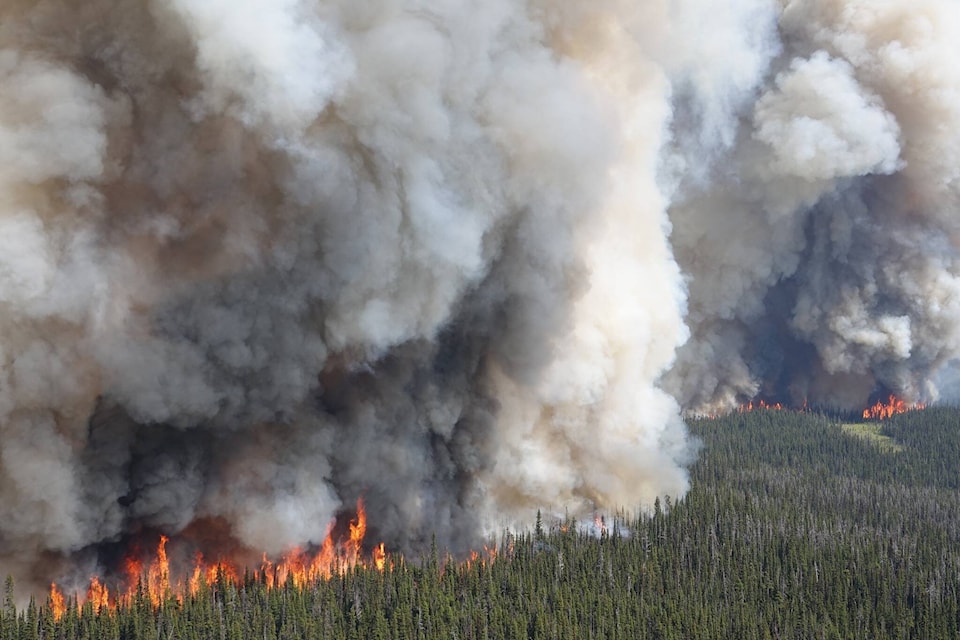




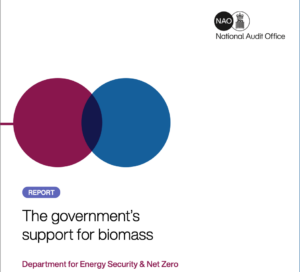 The UK government can’t adequately show that biomass generators comply with sustainability requirements, according to the National Audit Office (NAO). The “lack of evaluation” of the effectiveness of generators — such as Drax Group — to burn wood pellets at power stations needs to be addressed, the agency said
The UK government can’t adequately show that biomass generators comply with sustainability requirements, according to the National Audit Office (NAO). The “lack of evaluation” of the effectiveness of generators — such as Drax Group — to burn wood pellets at power stations needs to be addressed, the agency said 
 The Environmental Protection Agency is preparing to significantly strengthen limits on fine particle matter, widespread deadly air pollutants, even as industry groups warn that the standard could erase manufacturing jobs across the country. Several major companies, trade associations and lobbyists are trying to preempt the rule suggesting it could harm President Biden’s reelection chances. They say the tougher standard for soot and other pollutants could destroy factory jobs and investments in the Midwest and elsewhere… Health advocates say strengthening soot standards would yield significant medical and economic benefits by preventing thousands of hospitalizations, lost workdays and lost lives… “Our average ambient level of PM2.5 in this country is 8; in China and India, it’s about 5 to 6 times that level,” said Heidi Brock, the American Forest & Paper Association’s president and chief executive. “What sense does it make to offshore jobs from this country, where we have some of the cleanest air on the planet?” [A Washington Post subscription may be required to read the full story]
The Environmental Protection Agency is preparing to significantly strengthen limits on fine particle matter, widespread deadly air pollutants, even as industry groups warn that the standard could erase manufacturing jobs across the country. Several major companies, trade associations and lobbyists are trying to preempt the rule suggesting it could harm President Biden’s reelection chances. They say the tougher standard for soot and other pollutants could destroy factory jobs and investments in the Midwest and elsewhere… Health advocates say strengthening soot standards would yield significant medical and economic benefits by preventing thousands of hospitalizations, lost workdays and lost lives… “Our average ambient level of PM2.5 in this country is 8; in China and India, it’s about 5 to 6 times that level,” said Heidi Brock, the American Forest & Paper Association’s president and chief executive. “What sense does it make to offshore jobs from this country, where we have some of the cleanest air on the planet?” [A Washington Post subscription may be required to read the full story]
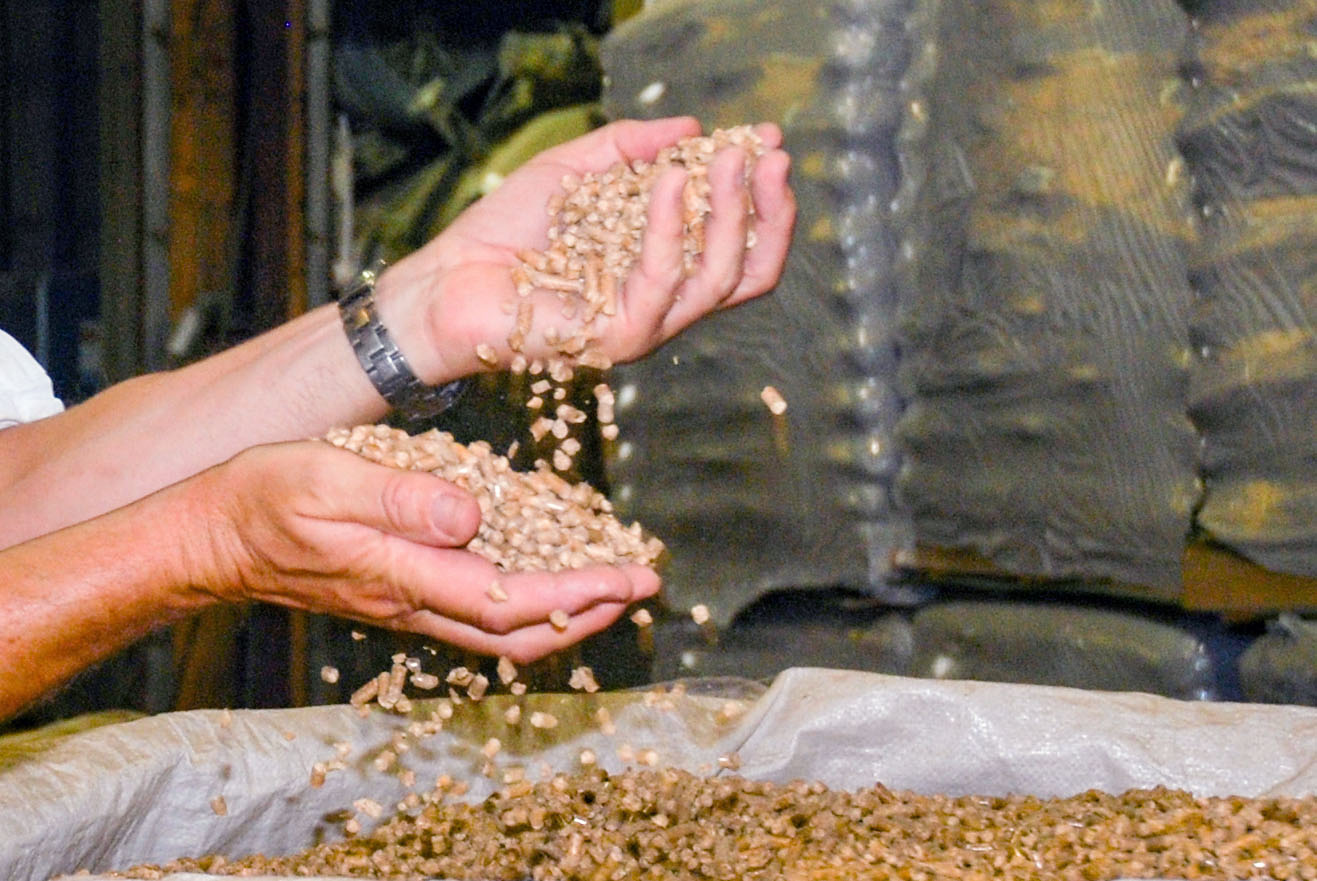 A new
A new  The UK government approved a £2 billion project to create a “carbon negative” wood-burning power plant. But some climate experts say it’s a costly experiment for a technology that may not be green. Energy secretary Claire Coutinho’s decision greenlights a plan to bolt carbon capture units onto two generators at a power station in Yorkshire, northern England, run by Drax. Once operational, each would be capable of preventing 4 million tons of carbon pollution a year from entering the atmosphere. The carbon would then be stored under the North Sea. …Drax switched from burning coal to burning biomass — mostly wood pellets — in 2019. The power station in Yorkshire, which produces around 4% of the UK’s power, mostly burns wood imported from North America. …Adding carbon capture units will convert the plant to a form of energy called “bioenergy with carbon capture and storage,” or BECCS. …But the technology has been heavily criticized by some climate experts.
The UK government approved a £2 billion project to create a “carbon negative” wood-burning power plant. But some climate experts say it’s a costly experiment for a technology that may not be green. Energy secretary Claire Coutinho’s decision greenlights a plan to bolt carbon capture units onto two generators at a power station in Yorkshire, northern England, run by Drax. Once operational, each would be capable of preventing 4 million tons of carbon pollution a year from entering the atmosphere. The carbon would then be stored under the North Sea. …Drax switched from burning coal to burning biomass — mostly wood pellets — in 2019. The power station in Yorkshire, which produces around 4% of the UK’s power, mostly burns wood imported from North America. …Adding carbon capture units will convert the plant to a form of energy called “bioenergy with carbon capture and storage,” or BECCS. …But the technology has been heavily criticized by some climate experts.



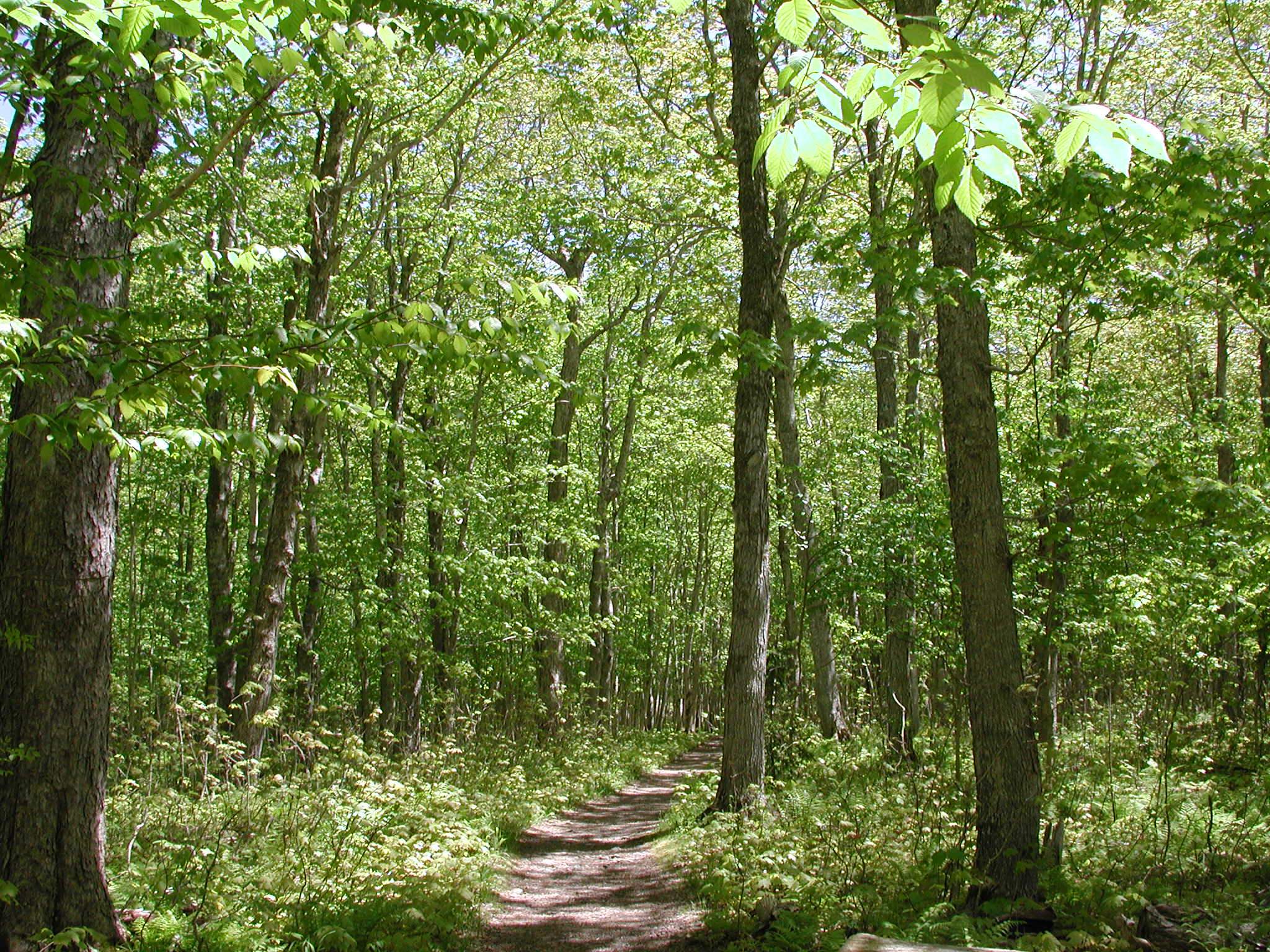 Climate change is reshaping forests differently across the United States, according to a new analysis of U.S. Forest Service data. …The study, led by UF Biology researchers J. Aaron Hogan and Jeremy W. Lichstein … reveals a pronounced regional imbalance in forest productivity, a key barometer of forest health that gauges tree growth and biomass accumulation. Over the past two decades, the Western U.S., grappling with more severe climate change impacts, has exhibited a notable slowdown in productivity, while the Eastern U.S., experiencing milder climate effects, has seen slightly accelerated growth. …”Our results highlight the need for reduced global greenhouse gas emissions,” said Lichstein. “Without the emissions reductions that scientists have been urging for decades, forest carbon sinks will likely weaken, which will accelerate the pace of climate change.”
Climate change is reshaping forests differently across the United States, according to a new analysis of U.S. Forest Service data. …The study, led by UF Biology researchers J. Aaron Hogan and Jeremy W. Lichstein … reveals a pronounced regional imbalance in forest productivity, a key barometer of forest health that gauges tree growth and biomass accumulation. Over the past two decades, the Western U.S., grappling with more severe climate change impacts, has exhibited a notable slowdown in productivity, while the Eastern U.S., experiencing milder climate effects, has seen slightly accelerated growth. …”Our results highlight the need for reduced global greenhouse gas emissions,” said Lichstein. “Without the emissions reductions that scientists have been urging for decades, forest carbon sinks will likely weaken, which will accelerate the pace of climate change.”
 Drax responds to National Audit Office report on government’s support for biomass. A Drax spokesperson said: “We welcome the National Audit Office’s (NAO) report which looks at the Government’s support for biomass. “The NAO acknowledges the important role that sustainably sourced biomass has to play in addressing the climate crisis and displacing fossil fuels in the production of dispatchable electricity. It’s essential that sustainability reporting and criteria are robust and fit for purpose. This was also recognised in the Government’s biomass strategy published last year, which outlined a review which has already begun. “We fully support that a review process should be carried out and look forward to playing our part and working with Government in this.
Drax responds to National Audit Office report on government’s support for biomass. A Drax spokesperson said: “We welcome the National Audit Office’s (NAO) report which looks at the Government’s support for biomass. “The NAO acknowledges the important role that sustainably sourced biomass has to play in addressing the climate crisis and displacing fossil fuels in the production of dispatchable electricity. It’s essential that sustainability reporting and criteria are robust and fit for purpose. This was also recognised in the Government’s biomass strategy published last year, which outlined a review which has already begun. “We fully support that a review process should be carried out and look forward to playing our part and working with Government in this.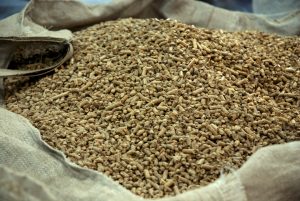 The government has been challenged by auditors to prove the UK’s controversial biomass industry meets sustainability rules. Biomass involves burning wood or plants to create heat, electricity or transport fuel, and the industry receives hundreds of millions of pounds in annual government support. But the National Audit Office (NAO) has now said the government “cannot demonstrate” that biomass companies are complying with sustainability rules, because it is not measuring them properly. …It comes as the government considers extending financial support for the industry, which its climate advisers have warned does not provide good value for money. However, the Climate Change Committee (CCC) also agrees that biomass will help the UK economy move away from fossil fuels. …The energy security department last summer committed to tightening up its sustainability rules. …Investment analysts at Barclays said there were “no surprises” in the NAO’s findings that “high standards are required for further support”.
The government has been challenged by auditors to prove the UK’s controversial biomass industry meets sustainability rules. Biomass involves burning wood or plants to create heat, electricity or transport fuel, and the industry receives hundreds of millions of pounds in annual government support. But the National Audit Office (NAO) has now said the government “cannot demonstrate” that biomass companies are complying with sustainability rules, because it is not measuring them properly. …It comes as the government considers extending financial support for the industry, which its climate advisers have warned does not provide good value for money. However, the Climate Change Committee (CCC) also agrees that biomass will help the UK economy move away from fossil fuels. …The energy security department last summer committed to tightening up its sustainability rules. …Investment analysts at Barclays said there were “no surprises” in the NAO’s findings that “high standards are required for further support”.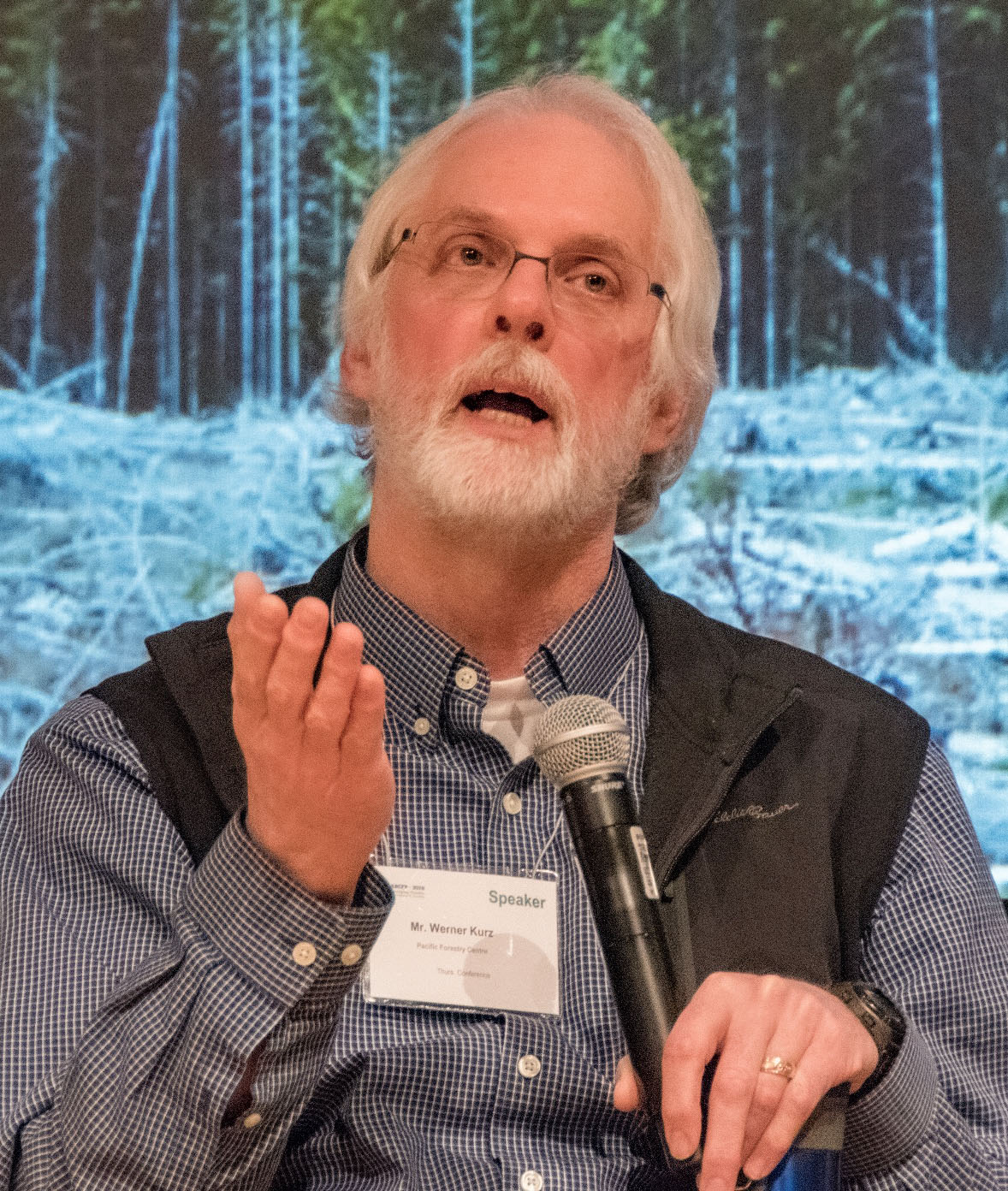
 ESPOO, Finland — 10 research organizations, universities, and companies are establishing a groundbreaking research program with around 20 full-time researchers. The Emission Free Pulping program aims to significantly reduce biomass burning and increase the product yield of wood material used for pulping from approximately 50% to around 70%. The program is projected to have a budget of around 15 million euros over the next five years. The forest industry, technology companies, research organizations, and universities have joined forces to revolutionize the traditional pulping processes under the joint leadership of VTT Technical Research Centre of Finland and RISE Research Institutes of Sweden. …So far, five industrial companies have committed to the program… ANDRITZ, Arauco, Metsä Group, Stora Enso, and Valmet. The program has been granted substantial funding from Business Finland, amounting to over 5 million euros over a three-year period.
ESPOO, Finland — 10 research organizations, universities, and companies are establishing a groundbreaking research program with around 20 full-time researchers. The Emission Free Pulping program aims to significantly reduce biomass burning and increase the product yield of wood material used for pulping from approximately 50% to around 70%. The program is projected to have a budget of around 15 million euros over the next five years. The forest industry, technology companies, research organizations, and universities have joined forces to revolutionize the traditional pulping processes under the joint leadership of VTT Technical Research Centre of Finland and RISE Research Institutes of Sweden. …So far, five industrial companies have committed to the program… ANDRITZ, Arauco, Metsä Group, Stora Enso, and Valmet. The program has been granted substantial funding from Business Finland, amounting to over 5 million euros over a three-year period.



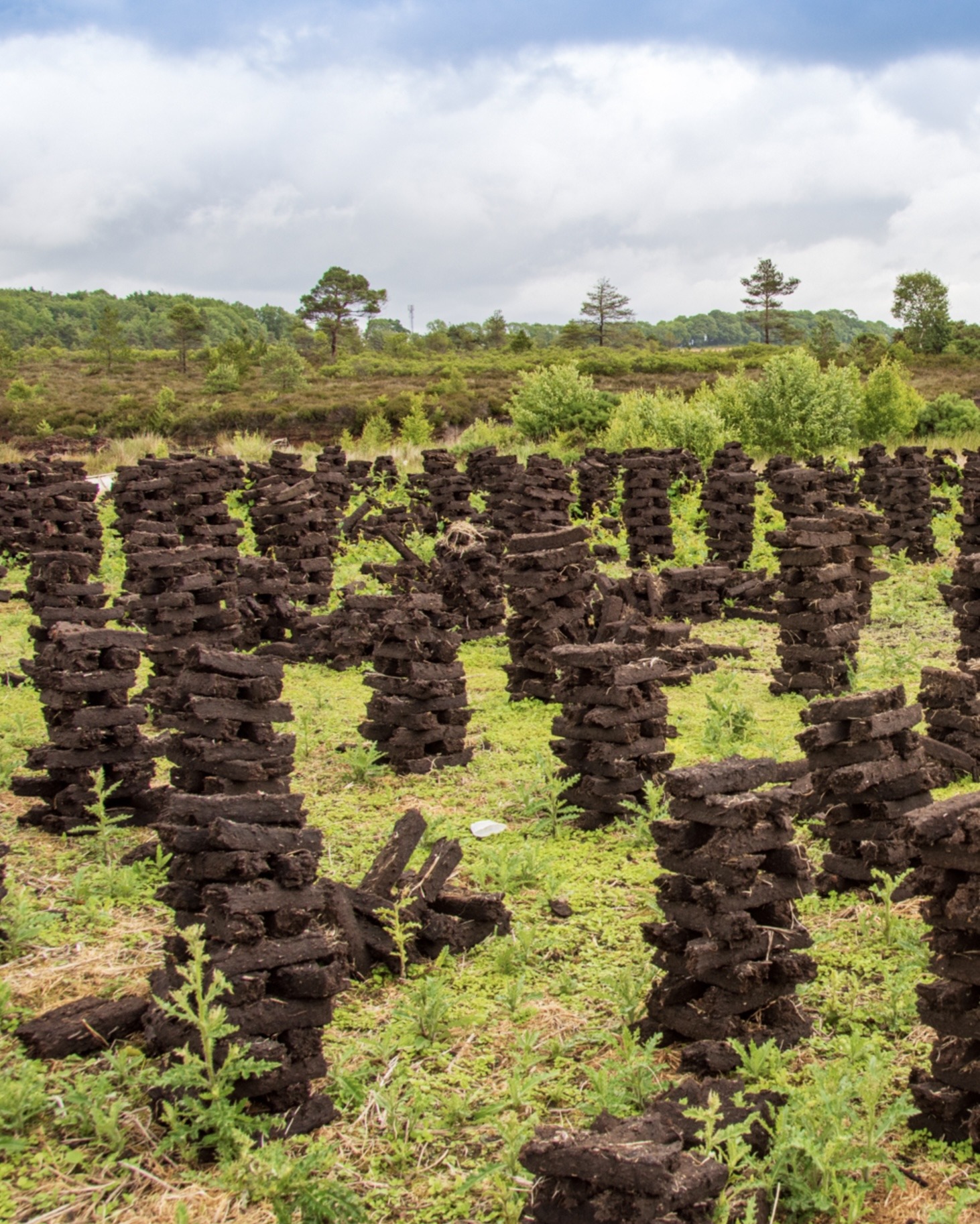 Bord na Móna’s Edenderry power plant in Ireland moved from peat-fired electricity to biomass last week, meaning it no longer harvests bogs for fuel. The plant is the last of Ireland’s peat-fuelled plants to adopt an alternative fuel source. “Five years ago, Bord na Móna set out on our ambitious strategy to transform the business into a climate solutions and renewable energy leader in Ireland,” said Tom Donnellan, chief executive of Bord na Móna. “Today, as we use peat to fuel our Edenderry power station for the final time, we have completed our unprecedented transition to using renewable energy sources and are now one of the largest producers of renewable electricity in the State.” … Trials of co-firing the plant with biomass began in 2007, and by 2020, the plant was co-fired with 62% of biomass. Bord na Móna said it sourced the vast majority of its biomass from Irish suppliers, following criticism about imports.
Bord na Móna’s Edenderry power plant in Ireland moved from peat-fired electricity to biomass last week, meaning it no longer harvests bogs for fuel. The plant is the last of Ireland’s peat-fuelled plants to adopt an alternative fuel source. “Five years ago, Bord na Móna set out on our ambitious strategy to transform the business into a climate solutions and renewable energy leader in Ireland,” said Tom Donnellan, chief executive of Bord na Móna. “Today, as we use peat to fuel our Edenderry power station for the final time, we have completed our unprecedented transition to using renewable energy sources and are now one of the largest producers of renewable electricity in the State.” … Trials of co-firing the plant with biomass began in 2007, and by 2020, the plant was co-fired with 62% of biomass. Bord na Móna said it sourced the vast majority of its biomass from Irish suppliers, following criticism about imports.